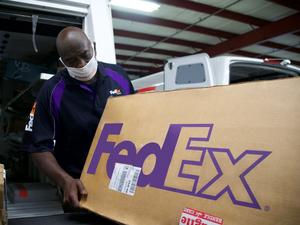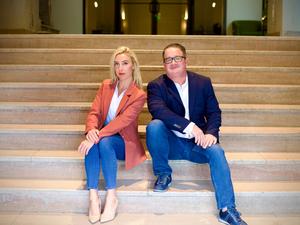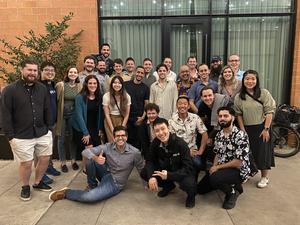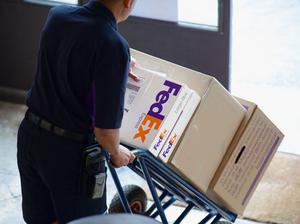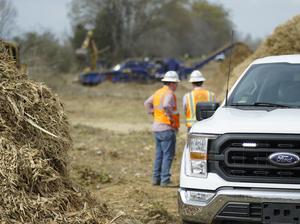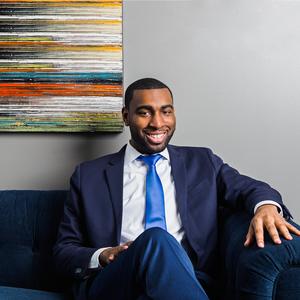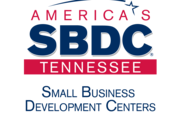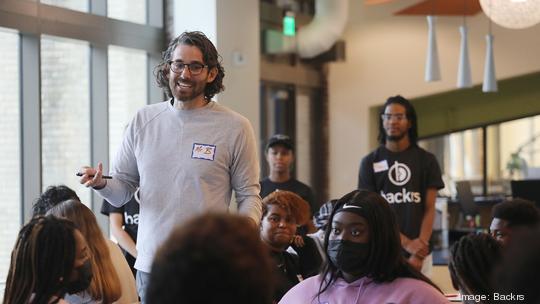
When Andy Bobowski was principal of KIPP Memphis Academy Middle, people would regularly ask him how they could help its students. So, he’d tell them about the “reading buddies” program they did with their sixth graders every Wednesday during lunch.
“Come on in,” he’d say.
But they’d be at work, and unable to commit.
A similar pattern unfolded when Bobowski was principal of KIPP Memphis Collegiate High. People would ask about getting involved with students, and he’d invite them to come over and help on Mondays at 4 p.m. — when juniors did ACT tutoring, and seniors did mock scholarship interviews.
But at that time, many potential volunteers would have to pick up their kids from school.
“What we've learned is that there are literally millions of adults out there across a wide range of backgrounds and industries who would love to get involved and engaged,” Bobowski said. “But the traditional model won't work for that.”
Bobowski, however, has helped create an app that gives prospective volunteers a remote, convenient way to mentor students.
A group of backrs
A principal no longer, he’s the co-founder of Backrs, which provides high school and college students a group of mentors — or rather, "backrs" — who can answer questions and offer guidance on a variety of topics.
Adults anywhere can download the app on the Apple or Google Play store and join the program. Once they’re chosen by a student to be a backr, they can engage with them — often for 10 to 15 minutes a week — on the app, and meet with them over Zoom. Each student also has a group of four to five backrs, so the onus isn’t just on one person.
Not just any student can join the program, however.
Backrs partners with Title I charter high schools and nonprofits that directly support students; those organizations then select participants.
Its partners include Soulsville Charter School, Crosstown High School, Memphis Rise Academy, and Memphis Inner City Rugby, and chosen students must come from lower-income families. They're eligible for free-reduced lunches, or federal Pell grants. They also must be in good academic standing, have a track record of following through with their commitments, and ideally be curious about themselves and the world.
Because Backrs’ students are getting more than just mentorship — they’re getting money.
Each student gets $100 to $150 a month to fund their goals and cover necessary costs, with the money coming from a variety of sources. Part of it comes from Backrs’ investors, while another slice of it comes from the mentors themselves, as they have the option to financially contribute to their students.
Another portion of the funds comes from Backrs’ employer partners, which see it as a way for their staffers to give back and get more involved in the community. Pinnacle Financial, for example, is a partner, and the company makes a financial contribution to each student its employees are mentoring.
“We've heard from a lot of places [that] community cleanups [are] getting kind of old; the 'paint a school on Saturday afternoons' getting kind of old,” Bobowski said. “This is a different way to get involved. So, we have some employer partners that are saying, ‘For any of our employees who participate, we will sponsor them at, say, $30 a month.’ And we make sure every penny of that goes directly to the student who they're backing.”
Currently, there are around 350 adults using the platform, and just shy of 150 students. The bulk of these are high school students, while about 40 of them are in college, and alum of Backrs’ partner schools, or alum of the schools it did its initial pilot with: KIPP, Central High School, Douglass High School, and Freedom Preparatory Academy. The age range for students is 16 through 24, with the program taking into account the four-to-six year graduation timeline common with first-generation college students.
"A student ages out, or graduates out of Backrs, either when they graduate from college, or turn 24," Bobowski said. "Whichever happens first."
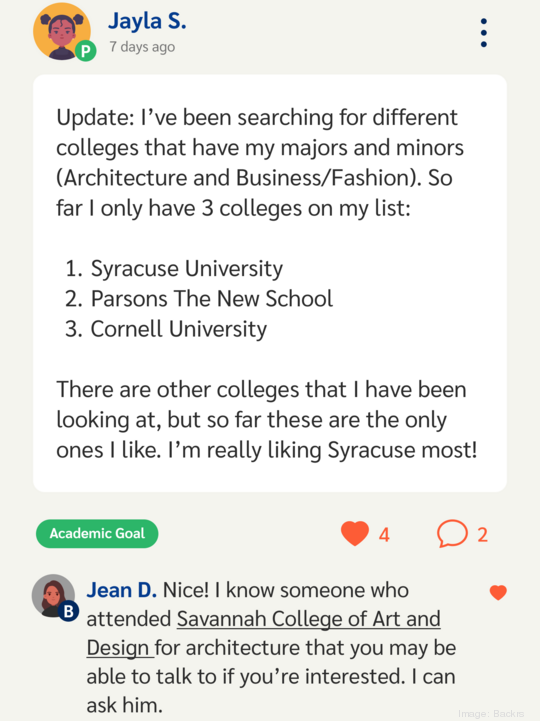
The Backrs app's layout
When students and adults get on the app, they’ll see its explore feed, which has content pushed out by Backrs’ community team, and is similar to what you’d see scrolling through Facebook or LinkedIn. And this content comes in a variety of forms.
It could be scholarship information, or a five-minute TED talk on how to get better sleep. It could be an article from the Harvard Business Review on how to be a better mentor.
“The whole point there is that we're supporting people on their journeys, both kids and adults,” Bobowski said.
After seeing the explore feed, users go to their team page, where adults can see their students’ updates, goals, and questions.
For example, a few months ago, a student in the program who’s a freshman at the University of Tennessee at Knoxville was in freshman orientation, when she was told she should start creating her LinkedIn profile.
So, she asked her team of backrs for help.
“'Hey,'” she said. “'Can I get my backrs to help me with the lead on my LinkedIn profile? I don't know where to start.'”
And one of her mentors, who lives in California, offered to get on a Zoom call to provide guidance.
“What we're trying to do is connect these amazing students … with more adults who have networks and have connections that would be useful to them on their journey,” Bobowski said.
But while this certainly seems like a noble mission, just how sustainable is Backrs’ model long term? How does it plan to stay financially viable?
Funding Backrs, and what's next
Technically a for-profit organization structured as an LLC, Backrs receives money from the schools it partners with, and it has two anonymous local angel investors — who, according to Bobowski, are “totally committed to social impact returns” and “not interested in outsized economic returns.”
The business is also gearing up to work with an affiliate 501(c)3, which potential donors could use to make their contributions tax deductible. And it’s looking at a few different ways to help maintain its work in the long run.
One possible way is a small transactional fee, somewhat similar to how GoFundMe is set up, where Backrs would take a small percentage of each contribution made on the platform. Another possibility is a subscription model, though Bobowski maintains the cost to students — if there was one — would be very nominal.
As for its reach, Backrs wants to one day be national in scope, while not forgetting about its roots and students in Memphis, as the company retains a strong local presence. Two of its engineers live here, along with most of its clientele. And though Bobowski and his family moved from the Bluff City to Ashville, North Carolina, recently — he and his wife have two children under the age of three and wanted to be closer to her family — he’s back just about every other week for meetings.
And as he helps push the app forward, Bobowski has also gotten to see students he’s known for years continue to grow and find success through Backrs.
He founded KIPP Memphis Academy Middle in 2012, a school that begun with 85 fifth graders. Today, some of those students are participants in the Backrs program, as juniors in college.
“I’ve gotten to be a part of many of these students' journeys since they were 10,” he said. “Now they're in their early 20s."
